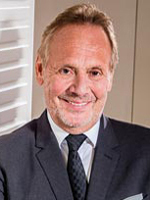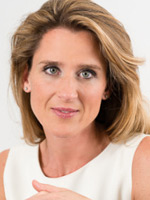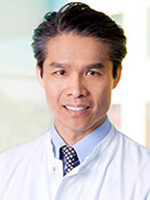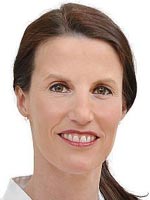All you need to now about Surgery Scar Treatment

German clinics perform surgical removal of scars of any complexity and visibility. Comfortable conditions and individual approach at every state of treatment are ensured in medical centers.
Reasons to go through surgical scar treatment in Germany
- Thanks to advances in medicine and technologies, German clinics apply the most effective methods of scar treatment: Z-plasty, W-plasty, transplantation of skin flaps and skin grafts.
- Agreeable prices.
- Comfortable conditions in wards and 24/7 medical assistance.
- Experienced and skilled dermatologists and surgeons in German clinics can deal with complicated, non-standard issues.
Surgical scar treatment methods
Z-plasty
The technique serves to improve both functionality and cosmetic appearance of damaged skin. The greatest scar segment (contraction) is cut, and Z-shaped incision requires making triangular flaps that are moved to the opposite sides and transposed. The angles of flaps should match to close. To improve scar functioning, it is made longer (the linear burn scar contracture is released). German doctors can make flaps of different degrees (up to 90° and theoretical 120° gain in length) and use modern standard materials: absorbable sutures (e.g., Vicryl) and epinephrine or general anesthesia.
W-plasty
This type of transplantation relives tension in abnormally formed scars. W-shape excision is made: the ends of Z-shaped cut are left and triangle cuts are interdigitated to be sutured. Bandlike contracture is reduced and functionality of damaged skin can be restored after the operation. Scar can be moved to natural body fold to reduce its visibility.
Excision
Excision is shaving and cutting out of scars to reduce their size. This approach is usually preferred to eliminate huge skin marks that are impossible to remove with topical drugs or non-surgery methods. The distorted scar segment is removed, and the newly formed wound is carefully stitched. As the result, a smaller and less noticeable mark stays. Sometimes “serial excision” is made: the operation requires several stages so that to eliminate the marks without harming healthy areas.
Skin grafts and skin flaps
Grafts are applied to treat massive scar areas that appeared because of injuries and burning. A surgeon finds a skin pattern that matches the color and structure of the damaged area. Flaps are typically taken from the closest zone possible.
German clinics leverage the method of extracorporeal perfusion (ECP) which prolongs viability of composite free flaps. Exterior blood supply with arterial blood is sustained for 10-14 to make the flap independent and promote natural regeneration. The process of healing is monitored with the help of laser Doppler flowmetry, blood gas analysis, Indocyanine-Green angiography and remission spectroscopy.
Dermabrasion
Laser resurfacing is used to treat scars and uneven surfaces caused by them. The upper skin layer is dried out which makes the underlying skin slightly shrink. This approach is available about 5 weeks after excision procedure.
Erbium laser allows desiccating upper scar layers and promotes natural regeneration process: the damaged skin areas will be filled with collagen. Therefore, the visibility of keloid and contracture scars can be reduced almost to zero. As a rule, facial scars are effectively treated with erbium laser, because it removes skin layers within the accuracy of one micron.
IPL (Intense Pulsed Light) units used in German clinics perform micro perforation of skin and destroy scar tissue. Fraction resurfacing is based on skin renewal: laser rays form tiny canals that are filled with collagen. After regeneration, tissue structure improves and skin becomes more elastic. This approach is preferable for deep scars. The effects are visible after 5-10 procedures.
Artificial skin transplants
Artificial skin is used for people with serious damage of skin. German clinics start using Revolutionary MEEK technique (ensures higher precision and faster recovery rates). The template consists of two parts: collagen and silicone layers. The first layer is gradually absorbed by patient’s body and silicone cover prevents infections and damage. In two-three weeks, the upper layers can be removed, and patient’s skin will be applied on the surface.
The operation is followed by two standard procedures. Microvascular surgery is aimed at connecting vessels and restoring normal blood flow to the new area. Dermabrasion is used as an additional measure to peel uneven scar surface off and improve the results.
Don’t let scars affect your life and self confidence. German clinics use advanced methods of scar treatment that allow making them almost invisible. Doubt that surgical scar treatment can be affordable and painless? Let German specialists debug this myth!


















 Loading ...
Loading ...


